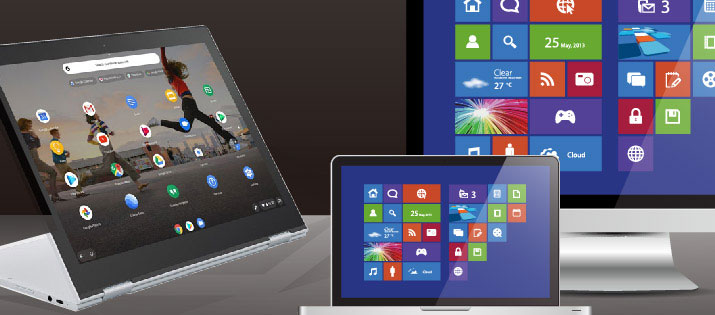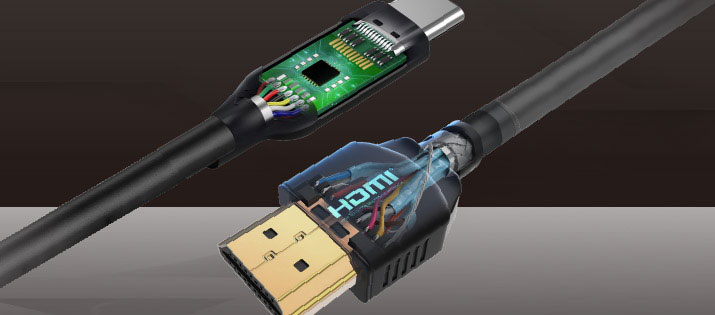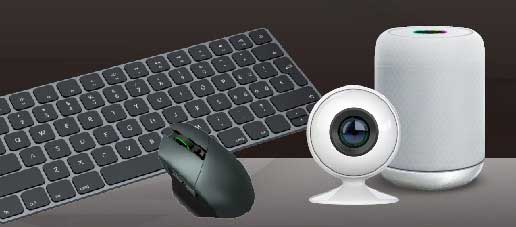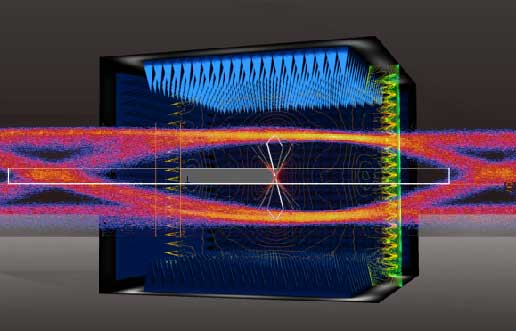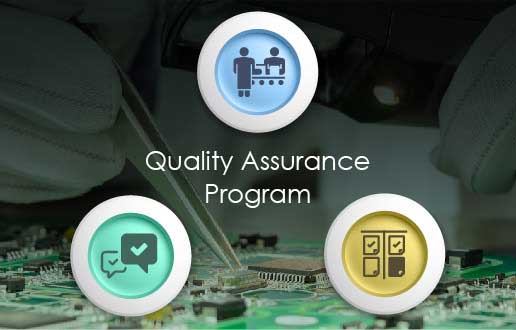Application Environment and Customer Needs
With advancements in technology and the growing demand for laptops from consumers, more and more brands are designing laptops to be thinner and more efficient. This design not only enhances portability but also improves the overall user experience. However, as the internal structure of laptops becomes more sophisticated, durability issues with the screens have also emerged. Especially with laptop screens, which are fragile components, they are susceptible to damage due to various factors during everyday use, including dropping, moving, opening and closing the lid, and other common actions.

The client in this case is a laptop brand that discovered their products were very popular in the market. However, some end customers found that the screens of their laptops were damaged after purchase. These issues did not only occur right after unboxing, but in some cases, the problems emerged after the products had been used for a period of time. In order to protect their brand reputation and reduce customer complaints, the client sought to identify the potential causes of the screen damage and make improvements in the design, manufacturing, and shipping processes to prevent the issue from recurring.
Customer’s Problems and Challenges
This laptop brand faced an uncommon but tricky issue: “screen damage in their products.” The screen is a crucial component of a laptop, and damage to it significantly impacts the user experience, potentially rendering other functions inoperable.
The problem wasn’t as easy to address as initially thought. If the damage had occurred before leaving the factory, ensuring proper factory quality and shipment processes could have resolved it. However, the challenge arose because the issue didn’t only manifest when consumers unboxed the product but also appeared after the product had been used for some time, adding many variables to the investigation. Some laptop screens, during consumer use, exhibited no visible signs of external force, yet still developed cracks or damage.
To identify the root cause, the client first reviewed all reliability reports related to the components and confirmed the ODM (Original Design Manufacturer) testing results. However, these documents did not reveal the specific cause of the screen damage.
Faced with this difficulty, the brand decided to seek professional help and contacted us, hoping that Allion’s expert analysis could identify the potential causes of screen damage. Due to the hidden nature of the problem, which was not easily detected through existing reports or tests, they required a more in-depth testing solution to pinpoint the source of the issue.

Allion Labs’ Solution
Based on the client’s needs, Allion provided a comprehensive, professional, and detailed solution to help the brand identify the root cause of the screen damage and propose feasible improvement recommendations. Our solution includes problem analysis, test plan design, advanced automated testing, packaging validation, and other professional services. The specific plan is as follows:
◎ Allion Expert Team Problem Analysis Service
- Unboxing and Structural Analysis
Allion’s engineering team conducted a thorough unboxing analysis, examining the internal components, cable routing, and other design aspects of the laptop. The team also carefully studied potential structural interferences. This analysis not only helped the brand gain a deeper understanding of its product’s internal design but also identified potential factors in the structure that could lead to screen damage.
- Identifying Structural Interference Issues
From the analysis, we found that the laptop’s hinge axis and cables around the screen, especially the Wi-Fi antenna cable, may come into contact with the screen during the lid opening process. This contact can lead to excessive wear or, over time, cause external force damage, eventually resulting in screen cracking.
What is a potential structural interference issue? This can be explained through the following example: We dismantled a system for a quick introduction and further analyzed the parts.
In the example, the hinge axis structure (as shown in the image) has limited space in the laptop, and besides the hinge, some cables are often placed in this area, such as the black and gray Wi-Fi antenna cables shown in the image. These cables, which coexist with the hinge and display screen, have a high probability of interfering with the screen if not placed in a fixed position during the lid opening process. This interference could lead to excessive wear or external force damage from the latch on the lid. Any component, including the display screen, is inherently fragile, and excessive hardware interference or wear can cause damage to the screen, or result in failure if the cables are damaged.
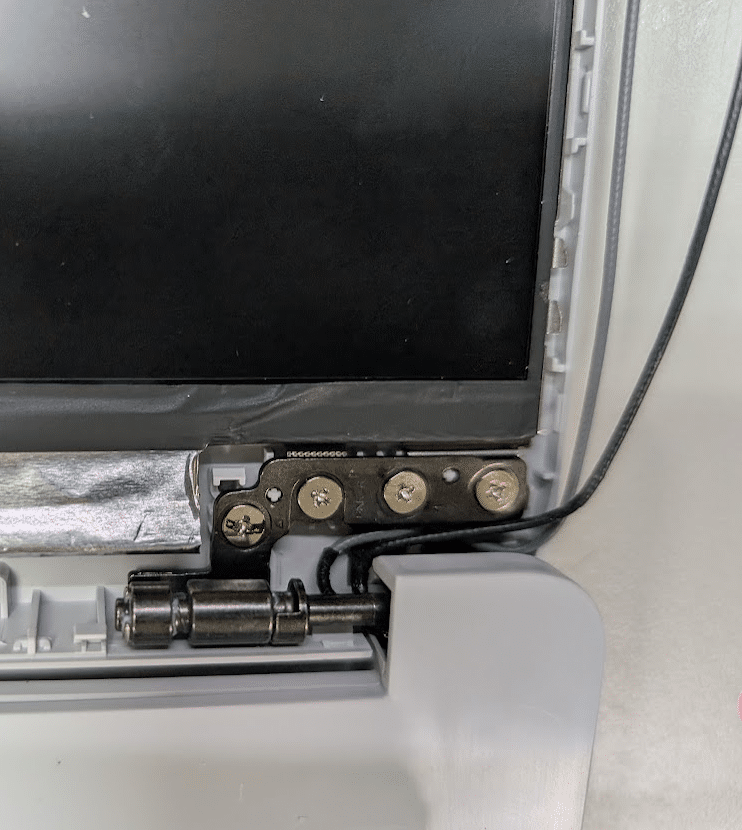
- Mold Design and Outer Frame Issues
When reviewing the mold design for the outer frame, Allion noticed the latch design corresponding to the top cover and outer frame structure of the client’s laptop. The precision of these designs can pose potential risks to the screen after long-term use.
For example, in the outer frame shown in the image, due to the mold design, there is a latch mechanism to secure the top cover. However, if the design is not executed correctly, it may lead to potential wear or damage risks. For instance, during frequent use, the latch may cause excessive friction with the screen or other components, resulting in damage and ultimately affecting the integrity of the screen.
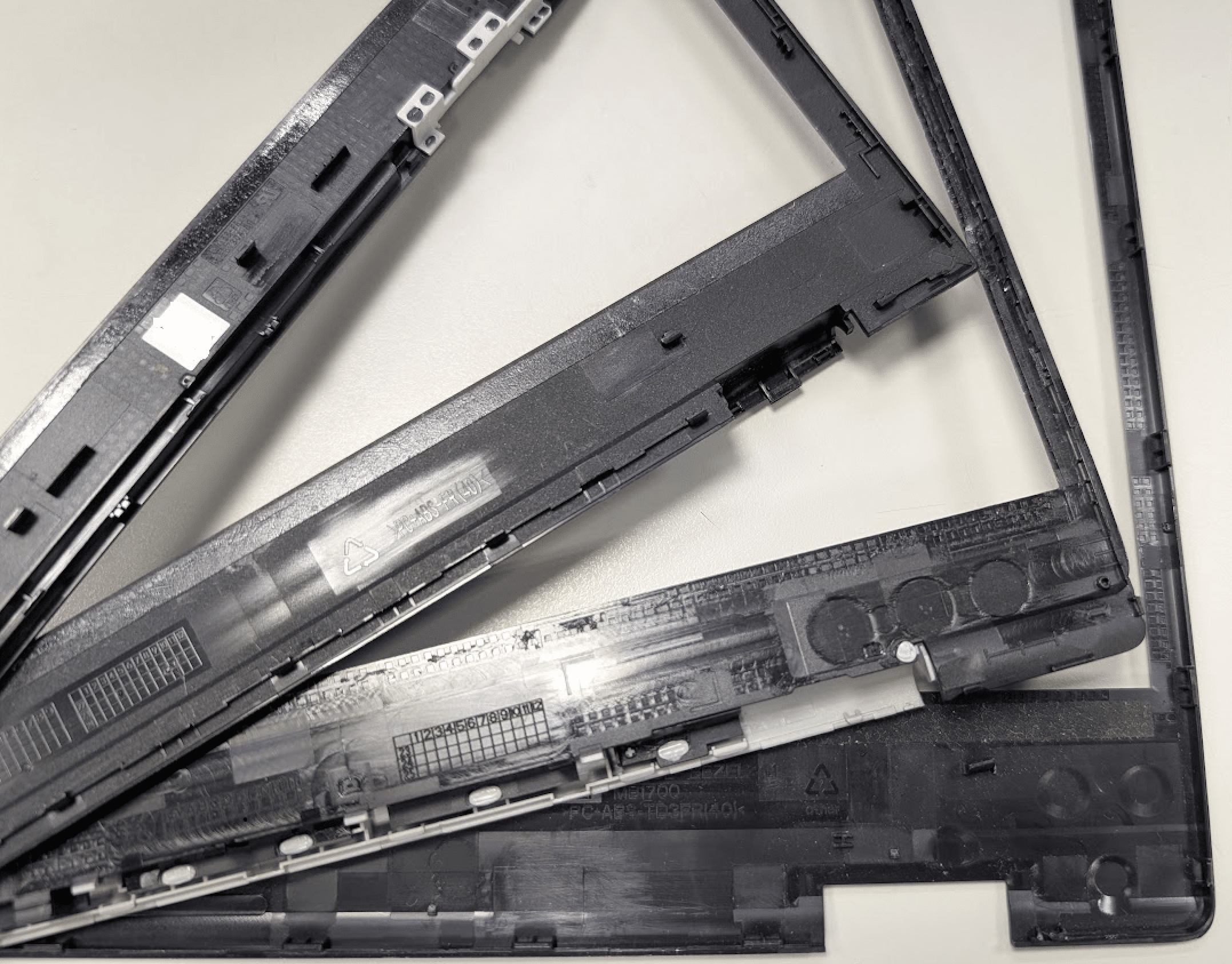
◎ Test Plan Design
Based on the analysis of the problem phenomena and root causes, Allion developed a comprehensive test plan and an automated testing solution for the client. By simulating real-world operational scenarios, Allion was able to accurately identify potential risks of damage that the product might encounter under different usage conditions. This collaborative approach not only improved the accuracy of the tests but also significantly shortened the testing time, accelerating the discovery and resolution of issues.
◎ Allion Automated Solution
- Automated Testing System Development
Allion developed an automated testing solution based on the client’s specific needs (as shown below), which accurately simulates various usage scenarios of the laptop. This includes testing different lid opening angles, lid opening positions, and high-frequency continuous flips, among other special verification requirements. These tests help manufacturers quickly identify potential risks of screen damage and make corresponding design adjustments.
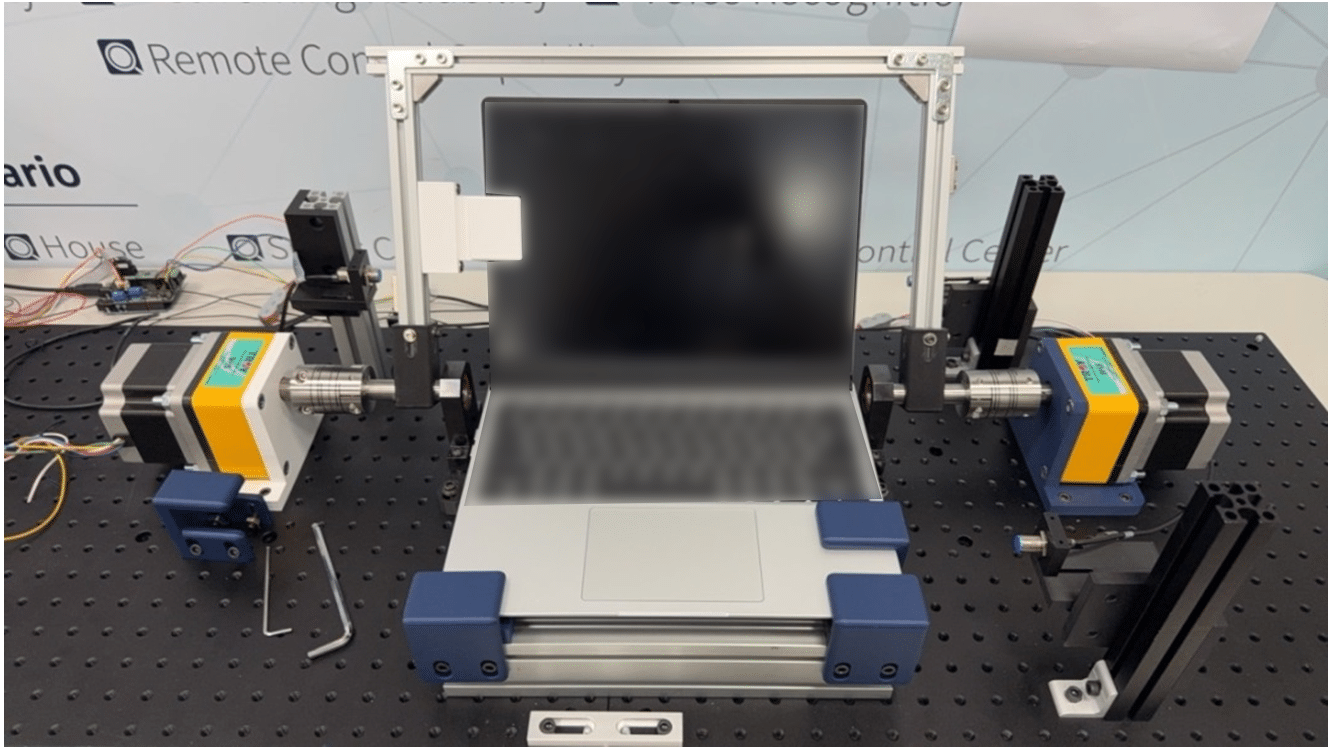
- High Precision and Efficiency
Allion’s automated testing system is capable of conducting multiple high-frequency tests, ensuring high precision and repeatability. It can complete a large number of tests in a short period, helping clients quickly identify issues.
◎ Allion Packaging Strength Verification Solution
- Packaging Strength Testing
In addition to in-depth analysis of the product structure, Allion also validated the packaging used during the shipping process to ensure that the packaging materials and design were strong enough to prevent damage to the laptop during transit.
- Compliance with International Certification Standards
Allion used vibration and drop test platforms that comply with international packaging standards such as ISTA-2A. This ensures the stability of both the product and packaging under various transportation conditions, preventing screen damage due to inadequate packaging.
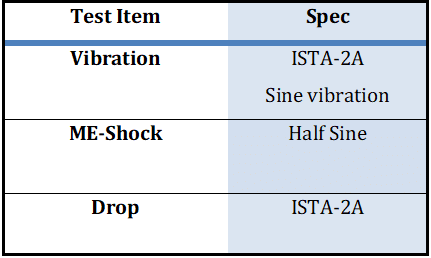
Time to Market with Quality! Faster! Easier! Better!
In the process of providing solutions, Allion emphasized the values of “Faster, Easier, Better,” helping the laptop brand not only resolve the current issue but also improve product quality and market competitiveness.
Faster
- Shorten Development Time
Through Allion’s problem analysis, validation planning, and automated testing solutions, we significantly reduce testing time and quickly resolve issues, allowing the laptop brand to receive faster test results during the product development and production processes. This accelerates the time to market.
- Respond to Issues Quickly
Allion provides timely data feedback, helping the brand quickly identify problems and make improvements, shortening the development cycle and improving market response speed.
Easier
- Optimize Testing Processes
With automated testing solutions, Allion simplifies the testing process while ensuring the reliability and accuracy of each test. This enables the laptop brand to more easily identify issues during testing.
- Professional Technical Support
Allion provides comprehensive technical support to resolve any technical problems the customer encounters during testing, ensuring accurate test results and offering improvement recommendations based on those results.
Better
- Increase Product Reliability
Allion’s in-depth analysis and testing solutions help the brand identify and eliminate potential design issues, improving product reliability and enhancing consumer trust.
- Boost Market Competitiveness
Through professional testing and analysis, the laptop brand can provide higher quality products, enhancing brand image and market competitiveness, ultimately attracting more consumers.
In conclusion, through precise problem analysis and efficient testing solutions, Allion helped the laptop brand improve product quality and reliability, solve the hidden issue of screen damage, and ultimately enhanced market competitiveness, achieving the “Time to Market with Quality” goal.
If you are facing similar challenges in product development, testing, or certification processes, feel free to contact us via the online form. The Allion Labs consulting team is ready to provide tailor-made solutions to help your product stand out in a highly competitive market!
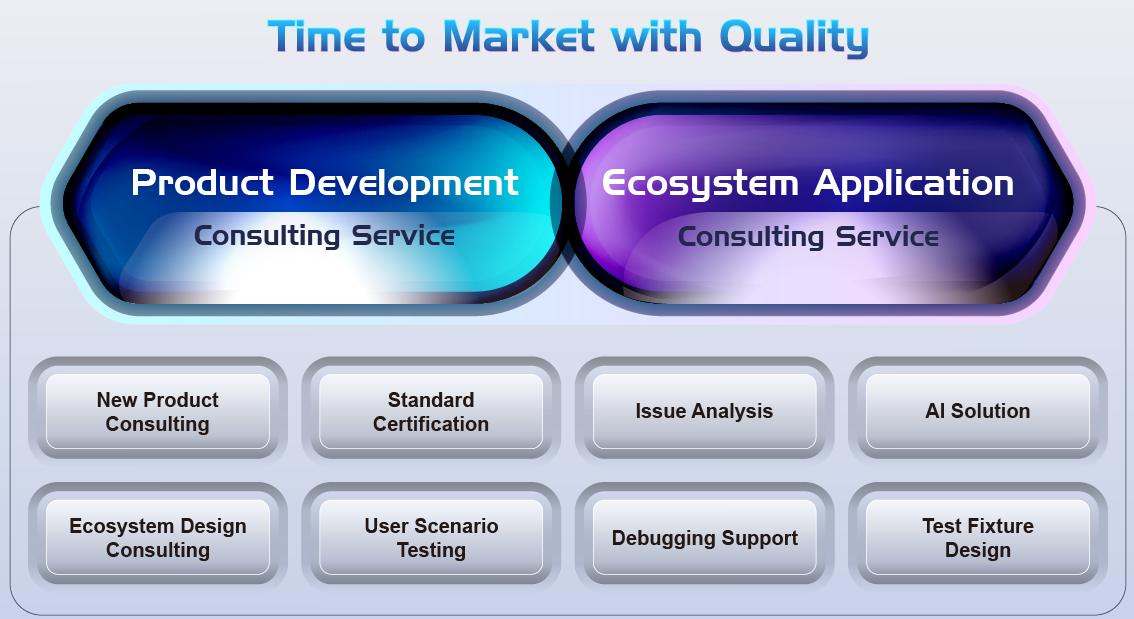
Success Stories










